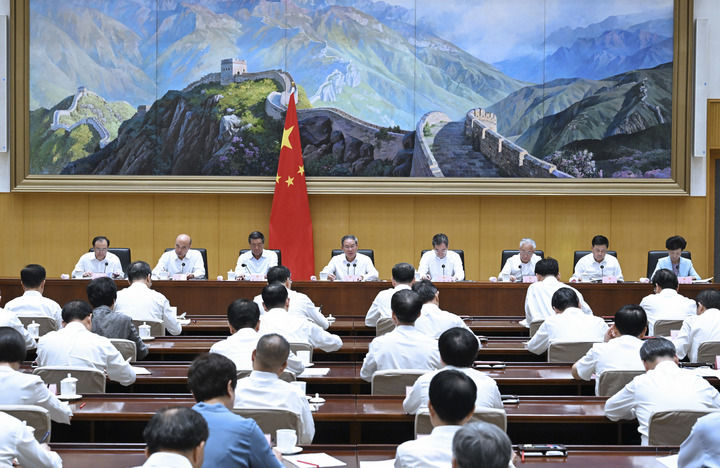2025年11月1日至2日,第七届“以人为本的城市设计国际会议”在南京成功举办。本次会议由东南大学主办,东南大学建筑学院、自然资源部空间发展和城市设计技术创...

中文标题:城市灾害应对的刚性、弹性与韧性
英文标题:Robustness, Flexibility and Resilience for Urban Disaster Management
作者信息
郭小东 北京工业大学城市建设学部教授
费智涛 北京工业大学城市建设学部博士研究生
王志涛 北京工业大学城市建设学部副教授 (通讯作者)
摘要 城市灾害应对经历了从抗灾到减少灾害损失、降低灾害风险,再到与风险共存的适灾型理念变化过程,韧性城市研究已经成为国际关注的热点。作为世界上灾害频发最严重的国家之一,韧性理念能否成为降低我国城市灾害风险的 “灵丹妙药”?本文提出城市可靠度理论模型,结合功能恢复曲线,分析了城市灾害应对的刚性、弹性与韧性策略特征,提出我国城市应根据自身的发展阶段和发展特点,灵活地选取相应的防灾减灾对策。
关键词 灾害应对;刚性;弹性;韧性
Abstract Urban disaster response has undergone a process from disaster prevention to risk reduction, to risk mitigation, and to the idea of coexistence with risk. Now the concept of disaster resilient cities has become the hot spot of international research. China is one of the most disaster-prone countries in the world. Can the resilient strategies be a panacea for disasters management in China? Based on the theory of urban reliability and the function recovery curve, this paper analyzed the characteristics of robustness, flexibility and resilience measures for urban disaster response and proposed that cities in China should select flexible countermeasures for disaster prevention and mitigation according to their own development stages and characteristics.
Keywords urban disaster management; robustness; flexibility; resilience
来源:《城乡规划》2021 NO.3


李强主持召开国务院第九次全体会议强调 巩固拓展经济回升向好势头 努力完成全年经济社会发展目标任务... [详细]

2024年2月1日,中国城市规划协会向国家知识产权局推荐来自3家会员单位的发明专利参评第二十五届中国专... [详细]